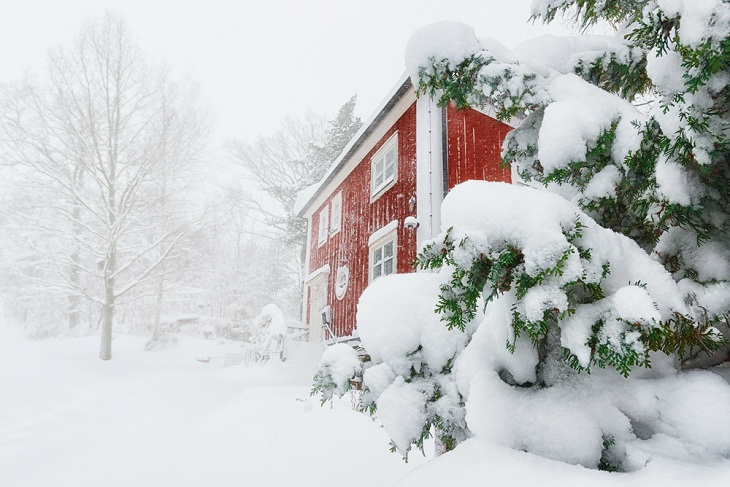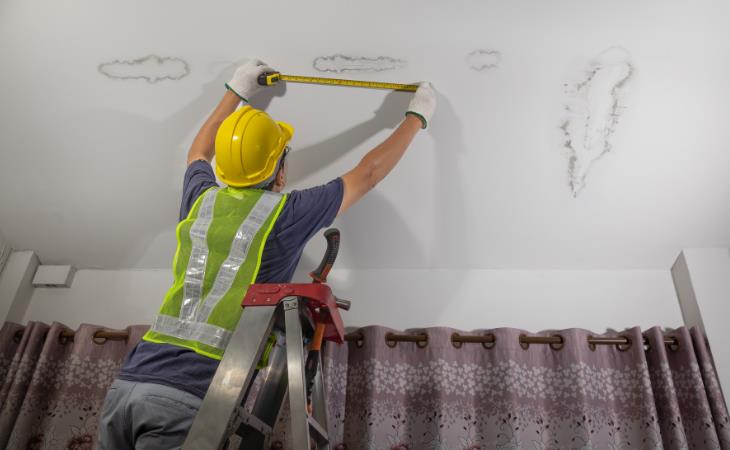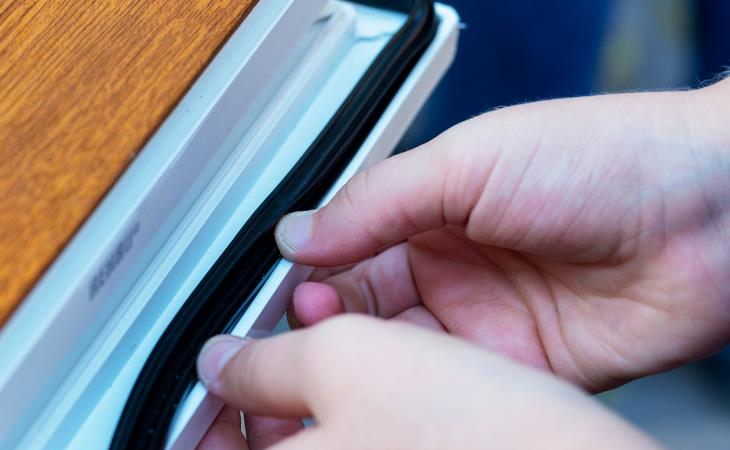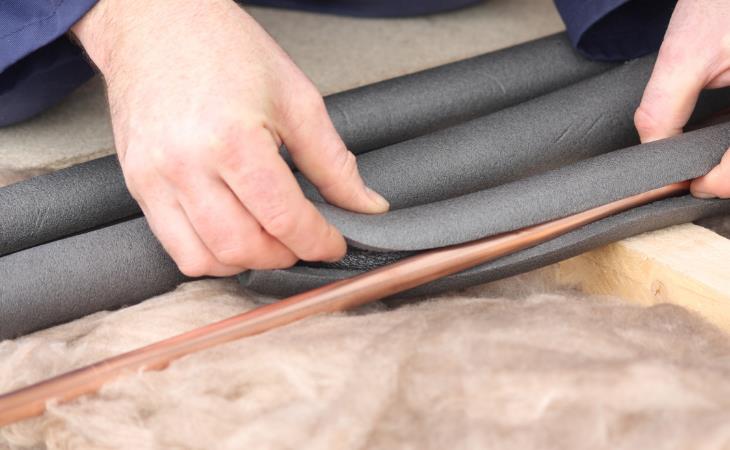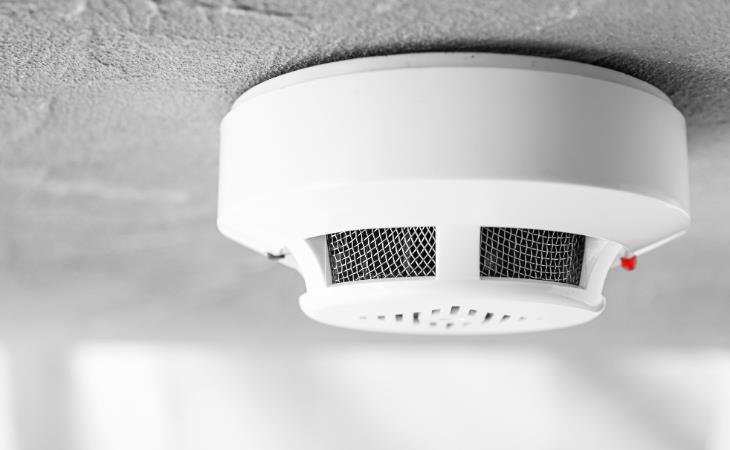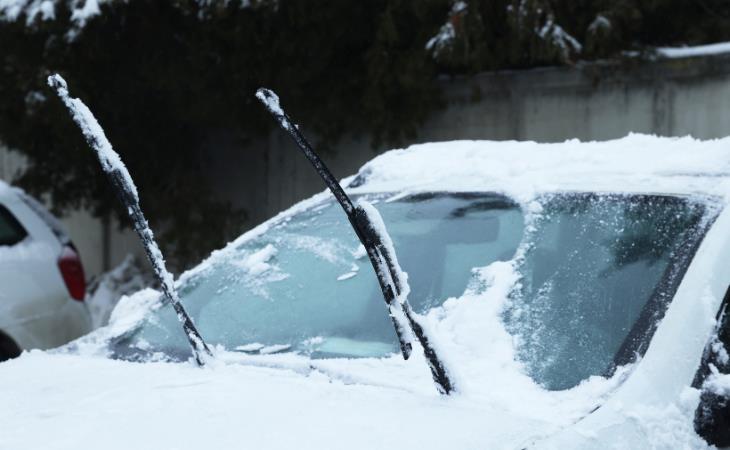To ensure your safety and peace of mind in the aftermath of a storm, it's crucial to know how to prepare yourself. By taking preemptive steps to winterize your home well before the harsh weather arrives, you can make sure that you'll be ready to face any challenge that comes your way.
1. Prune trees and prepare your surroundings
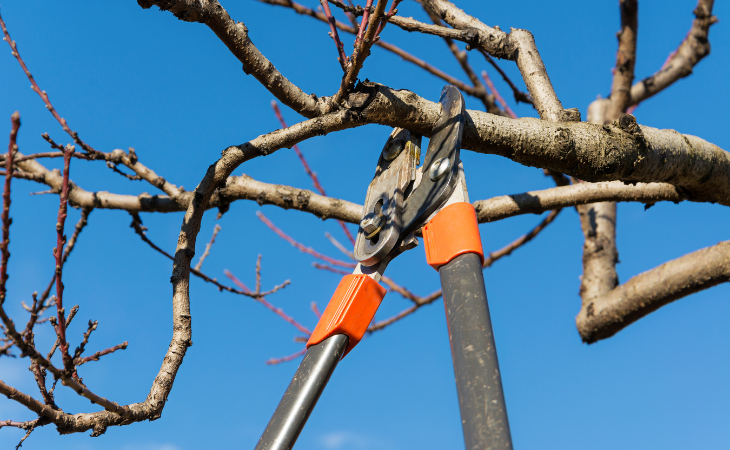
Perform a thorough survey around your home before winter to identify trees with large, overhanging branches that could break and pose a threat during a winter storm. Strong winds or heavy snowfall can put a strain on these limbs, perhaps causing damage to your home. If left unattended, these branches may snap and cause damage to your roof, windows, or gutters. Additionally, be aware of anything near your home that could be carried by the wind and secure them during the winter season.
2. Fix roof leaks
Roof leaks that go unnoticed could be a problem Conduct a quick roof inspection before winter arrives, either from the ground up or by hiring a qualified roof inspector.
Avoid climbing onto the roof unless you have the necessary expertise. If you opt to inspect it yourself, walk around the outside of your house, looking for shingles that are loose, missing, or broken, as these are signs of roof problems.
In addition, look for deteriorated or missing flashing and water stains on your ceiling or in the attic, as these are symptoms of roof leaks. Contact a professional immediately if you see any of these warning signs to prevent potential water damage during strong winter storms.
3. Prepare for a power blackout
If you live in a region prone to frequent power outages, you should consider purchasing a generator, whether a portable unit or a home standby model. Make sure to stock up on fuel or propane before any impending storms so that you may use it as needed and for a long period of time. Portable generators should be used outside, away from windows, and should not be used indoors or in restricted locations such as garages, crawl spaces, or basements.
4. Check windows and doors
Drafts can enter your home through poorly sealed windows and doors, making it colder than you would want. Fortunately, replacing outdated caulk or weatherstripping is a simple, do-it-yourself project that prevents cold air intrusion and keeps heat inside.
If you choose to undertake your own window and door repairs, start by inspecting the caulk for holes, tears, or flaking and replacing any damaged parts as soon as possible. Following that, inspect the weather stripping and replace any damaged or loose parts to guarantee your home remains comfortably heated even during winter storms.
5. Make a checklist for winter storm supplies
If a severe winter storm causes widespread interruptions, it becomes essential to have adequate emergency supplies on hand. This includes drinking water, food, a hand-crank radio or an analogous way of staying informed, warm clothing, and other goods mentioned in a comprehensive winter storm readiness list. Consider restocking important prescriptions for people in your household who have chronic health concerns.
6. Insulate vulnerable pipes
It is important to take necessary precautions during the winter season, as sudden storms and low temperatures can pose a severe threat to your home's pipes. Freezing temperatures can cause pipes to freeze and break, leading to extensive water damage and the spread of mold throughout your home. To prevent such disasters, it is recommended to insulate exposed pipes with foam sleeves available at your local hardware shop or improvised alternatives such as old rags and duct tape.
Make sure to apply this protection to all the pipes in your home that are located near external walls or below ground. Additionally, open the cupboards in your kitchen and bathroom to allow warm air to circulate around the pipes and let the cold water slowly drain from them. If you happen to miss any pipe and it breaks, contact a plumber near you right away to correct the problem and limit water damage.
7. Check or install new smoke and carbon monoxide detectors
Homes often remain tightly sealed during winter storms, leading to an increase in deaths due to accidental fires or exposure to carbon monoxide. Make sure your smoke and CO detectors are functioning properly and that the batteries are fresh. These devices can save your life in the event of an emergency. When devising your contingency fuel plan, assess your detectors to ensure comprehensive winter readiness.
8. Prepare your car
Be sure your car is properly tuned up in preparation for a winter storm, ensuring that key components such as antifreeze levels, battery, ignition system, exhaust system, heater, and lights are in good working order. You should also prepare your vehicle with essential supplies to handle potential blizzard-related challenges, including blankets, water, chains, jumper cables, ice scrapers, maps, bottled water, warm clothing, non-perishable snacks, and a first aid kit.
9. Make an emergency communication plan with your family
While it is necessary to charge your cell phones before a storm, unforeseen circumstances may result in a loss of cell reception. To ensure that you will be able to stay connected in times of emergency, develop a communication strategy with your family. Prepare a list of family phone numbers and identify a contact out of town to assist with communication in case you get separated.
10. Keep your property insurance documents ready

Check your homeowner's insurance papers during this season and keep them easily accessible. If your home is damaged during a winter storm and requires costly repairs, it's important to understand your coverage and make a claim as soon as possible.
11. Stock up on ice melt
The demand for ice melt salt usually skyrockets before a storm hits, so it's important to stock up early to ensure you have enough supplies for post-storm activities. It's wise to have an ample supply of ice melt salt, so you can easily shovel and salt your outdoor stairs, stoops, and walkways immediately after the storm, preventing the snow from melting and transforming into hazardous ice as the temperature drops.
Make sure you check the condition of your snow shovel(s) in advance to avoid any unnecessary difficulties and ensure your tool kit is up-to-date and easily accessible. You might need tools like a wrench or pliers for quick utility shutdowns, so it's better to be prepared beforehand.

